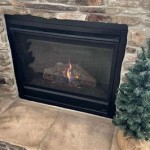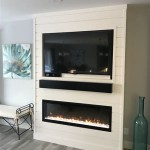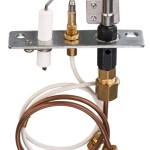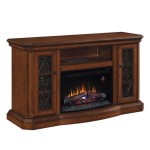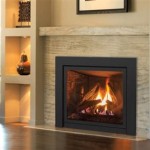EPA Certified Wood Burning Fireplaces: Efficiency and Environmental Responsibility
In the realm of home heating and ambiance, wood-burning fireplaces hold a cherished place. Their crackling flames and inviting warmth provide a sense of comfort and nostalgia. However, traditional fireplaces can often be inefficient and environmentally problematic. Enter EPA-certified wood-burning fireplaces, designed to deliver both warmth and environmental responsibility.
The Environmental Protection Agency (EPA) established standards for wood-burning fireplaces to address concerns about air pollution and energy efficiency. EPA-certified fireplaces meet rigorous testing criteria, ensuring they operate with greater efficiency and reduced emissions. These certifications are a vital guide for consumers seeking environmentally conscious heating solutions.
Reduced Emissions and Improved Air Quality
EPA-certified wood-burning fireplaces are engineered to minimize emissions of harmful pollutants such as particulate matter, carbon monoxide, and volatile organic compounds. This translates to improved air quality both indoors and outdoors. Reduced emissions contribute to a healthier environment for individuals and communities, mitigating the impact of wood smoke on respiratory health and overall well-being.
Key features of EPA-certified fireplaces include:
- Tight-fitting doors and glass panels: These design elements prevent smoke and heat from escaping, enhancing efficiency and reducing emissions.
- Advanced combustion technology: EPA-certified models incorporate technologies like secondary burn systems, which further combust smoke particles, leading to cleaner emissions.
- Higher burn temperatures: By achieving higher temperatures, EPA-certified fireplaces burn wood more completely, reducing the amount of unburned wood particles released into the atmosphere.
Energy Efficiency and Cost Savings
Beyond environmental benefits, EPA-certified fireplaces offer tangible economic advantages. Their efficient design translates to better heat output and reduced fuel consumption. This means you can enjoy cozy warmth while potentially saving on heating costs. Higher heat output means you need to burn less wood, leading to reduced fuel expenses.
Furthermore, the improved efficiency of EPA-certified models helps reduce energy consumption and dependence on fossil fuels. This aligns with efforts to promote sustainable energy practices and mitigate climate change.
Choosing the Right EPA-Certified Fireplace
When selecting an EPA-certified fireplace, it's crucial to choose a model that aligns with the specific needs of your home and heating requirements. Consider factors like:
- Heating capacity: Ensure the fireplace's output matches the size of your space, providing adequate warmth without oversizing.
- Fuel type: EPA-certified models can be designed for various wood types, so confirm compatibility with your preferred fuel source.
- Installation requirements: Verify the model's installation needs, including chimney size and clearances, to ensure proper and safe installation.
By investing in an EPA-certified wood-burning fireplace, you can enjoy the warmth and ambiance of a traditional fireplace while contributing to a cleaner environment and potentially saving on heating costs. When making your decision, consider the numerous benefits of these certified models and choose one that meets the unique requirements of your home.

Epa Certified Wood Burning Fireplaces Canadian Chimney

What Does Epa Certified Mean Westhampton Beach Ny Stove Fireplace

Modern Wood Stove Emissions Regency Fireplace S

Wood Burning Epa Certified Fireplace With Powerful Catalytic Heating By Superior Wrt4826

42 Apex Wood Fireplace Porter S Mountain View Supply

Superior White Stacked Cf Trad Epa Cert Wood Fireplace Wrt3920 North Country Fire

Epa Wood Stove Regulations What You Need To Know

Frequent Questions About Wood Burning Appliances Us Epa

1 200 Sq Ft Wood Stove Insert Us Company

Ashley Hearth S 2 000 Sq Ft Wood Burning Stove 2024 Epa Certified Aw2024e P The Home Depot
Related Posts




